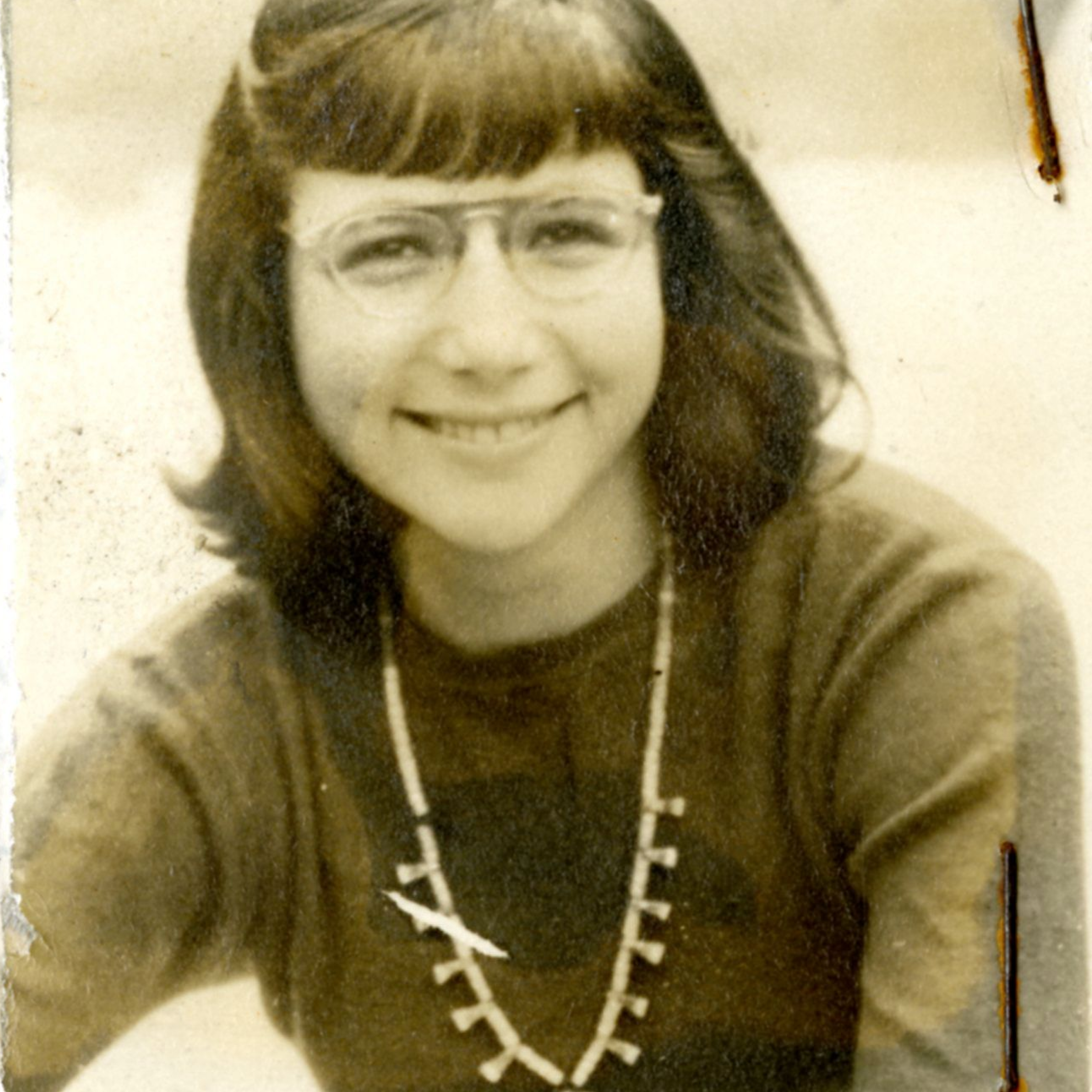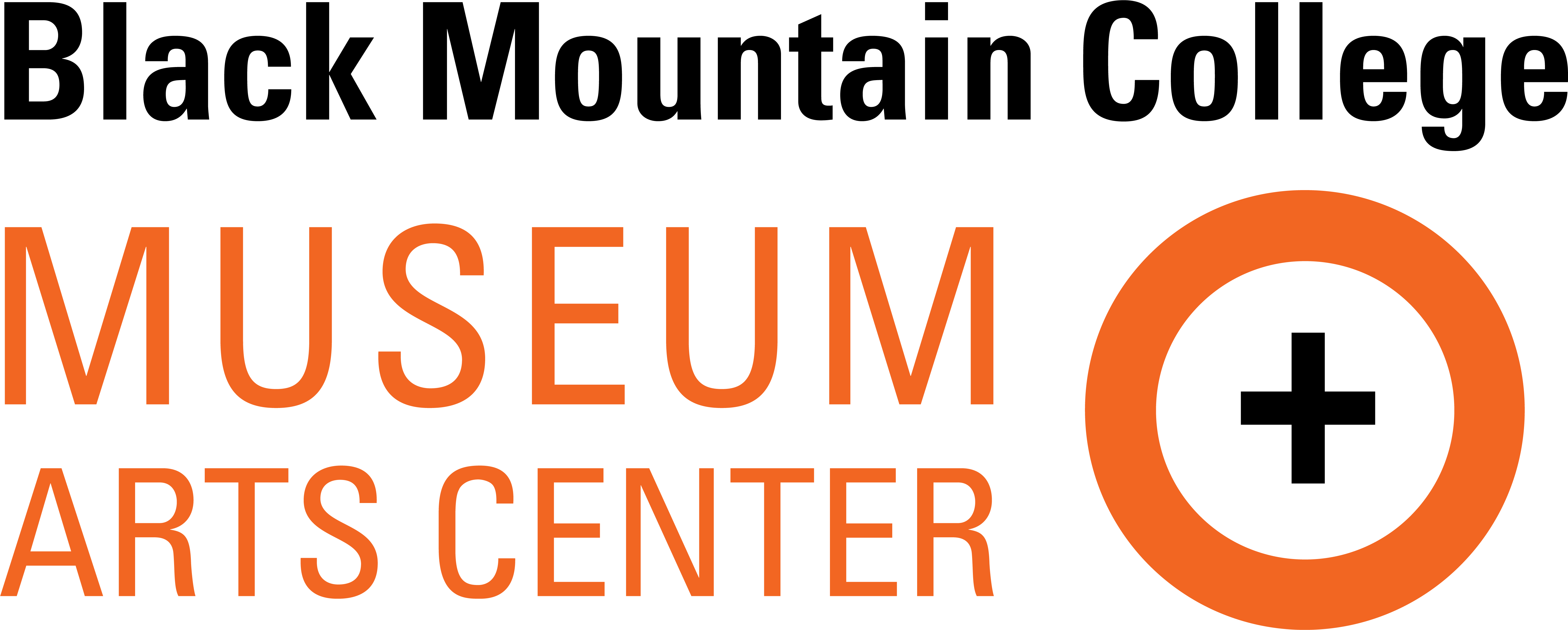Vera Baker Williams

Photograph included with student application. Courtesy of Western Regional Archives
Courtesy of Western Regional Archives
FOCUS
Art/ Design/ Craft
ROLE
Student
ATTENDANCE
1944 - 1949
BIRTH
1927-01-28
Hollywood, CA
DEATH
2015-10-16
Narrowsburg, NY
Vera B. Williams, a writer and illustrator for young people whose picture books centered on the lives of working-class families, a highly unusual subject when she began her work in the 1970s, died on Friday at her home in Narrowsburg, N.Y. She was 88. Her death was announced by her publisher, HarperCollins.
Ms. Williams, who did not start her career until she was in her late 40s, used picture books to express her lifelong interest in social justice issues. Her young protagonists are ethnically diverse, typically urban, often immigrants and rarely well heeled; fathers may be absent.
Her inspiration, Ms. Williams said in interviews, came from her own background as the daughter of an immigrant family struggling to stay afloat in the Depression.
Her texts emphasize the joie de vivre of ordinary activities — flying a kite, making music, eating a meal — especially when carried out amid the comforting confines of a community. Her illustrations, known for bold colors and a style reminiscent of folk art, were praised by reviewers for their great tenderness and crackling vitality.
Her best-known picture book, “A Chair for My Mother” (1982), stars Rosa, a Hispanic girl living in the United States. After the family loses its possessions in a house fire, Rosa saves money to buy her mother a comfortable chair in which she can relax after her shift waiting tables.
For its illustrations, “A Chair for My Mother” was named a Caldecott Honor Book, as the runners-up for the Caldecott Medal, presented annually by the American Library Association, are designated.
Rosa returns in two sequels: “Something Special for Me” (1983), in which she must reconcile the desire to buy herself a present with the wish to help her community, and “Music, Music for Everyone” (1984), in which the present she wound up buying pays unexpected dividends.
The daughter of Albert Baker and the former Rebecca Porringer, Jewish immigrants from Eastern Europe, Vera Baker was born in Los Angeles on Jan. 28, 1927. When she was a child, her father disappeared for a considerable period; as an adult, Ms. Williams surmised that he had been in prison, though she never learned the details.
She recapitulated that experience in a picture book, “Amber Was Brave, Essie Was Smart” (2001), about two resourceful sisters who mark time until their incarcerated father comes home.
During the Depression, the Bakers lost their home; Vera and her sister, Naomi, were sent for about a year to a home for Jewish children. After the girls and their father rejoined the family, they moved to the Bronx.
Ms. Williams graduated from the High School of Music and Art in Manhattan and earned a bachelor’s degree in graphic arts from Black Mountain College in North Carolina, where her teachers included the painter Josef Albers.
In the 1970s, after her marriage to a Black Mountain classmate, Paul Williams, ended in divorce, Ms. Williams moved to a houseboat in Vancouver, British Columbia. There she began to illustrate children’s books: Her first, “Hooray for Me!,” with text by Remy Charlip and Lilian Moore, appeared in 1975.
The other picture books for which she did both text and illustrations include “ ‘More More More’ Said the Baby” (1990), also a Caldecott Honor Book; “Cherries and Cherry Pits” (1986); “Lucky Song” (1997); and “Scooter” (1993), a novel for older children.
Ms. Williams also illustrated “Long Walks and Intimate Talks,” a volume of poetry and stories by Grace Paley, published in 1991.
Long active in antiwar, antinuclear and environmental causes, Ms. Williams was a past member of the executive committee of the War Resisters League. In 1981, after being arrested during a women’s blockade of the Pentagon, she served a month in the federal prison camp in Alderson, W.Va.
In an interview quoted in the reference work Contemporary Authors, Ms. Williams described what was, for her, the indissoluble link between creative work and political activity.
“I don’t make a point of ending up in jail,” she said. “But if you try to put your hopes and beliefs for a better life into effect, arrest is sometimes a hazard.”
She added: “As a person who works for children, who raised three children ... I have to be able to say I did something to try to save our planet from destruction.”
Biography shared by the New York Times as an obituary for Vera. Written by Margalit Fox. Oct. 21, 2015, Section B, Page 16 of the New York edition with the headline: Vera B. Williams, 88, Dies; Wrote Realism for Children.
Relationships
Advisor: Molly Gregory
Husband: Paul Francis Williams, Jr.
Examiner: Richard Lippold
Asheville Art Museum Collection
While a student she worked as a dietitian with June Rice, participated in the work program, was a Student Officer, and participated in the Recreation and Entertainment Committees. These details can be seen in college bulletins distributed by BMC to students and alumni.
Reference Vera Baker in Asheville Art Museums archive collection by searching these accession numbers: 2017.40.213, 2017.40.214, 2017.40.127, 2017.40.047
Black Mountain College Project
Mary Emma Harris interviewed Vera in 1981 (transcript) and 2001 (transcript) which are available from Appalachian State University under The Mary Emma Harris and Black Mountain College Project, Inc. Oral History collection.
Topics 1981: Questions about interviews – interest in BMC – pre-BMC art background – Florence Kane – woodworking at BMC – Josef and Anni Albers ideas about design – impact of GIs after war – Edward Lowinsky – democratic process – scope of Albers’ thinking – Josef Albers classes – Bible course with Edward Lowinsky – Paul Goodman class – creation of Gate Hill Cooperative community (“The Land”) – college 1948-49 conflict – reasons for closing – marriage at BMC and graduation – printshop – post BMC education – work at dietician at BMC – participation in theater – college parties and decorations – Marriage on the Eiffel Tower and Death of Cuchulain productions – community of BMC people in Hyde Park after leaving BMC – construction of A-Frame cottage on Cape Cod – Boylston Street Print Gallery – nursery school at “The Land” and Steiner and Bob Barker influence – M.C. Richards – Goddard College – BMC financial problems
Topics 2001: Hearing about BMC – family background and early art study – Lowinsky’s old testament class – Max Dehn – Josef Albers classes – influence of Albers classes on later work – waltzing with Albers – student study – work program – Peek’s Tavern – meeting Paul Williams – Mush Day – integration of college – Studies Building ambiance – interlude – wedding in Quiet House – BMC architectural activities – Hyde Park house – mealtimes and food
Courses Taken
Winter term 1944-45: Introductory Math (Dehn), German Beginning (Straus), Drawing (Albers), Bible (Lowinsky)
Spring Term 1945: Introductory Mathematics (Dehn), Bible (Lowinsky), Drawing (Albers), German (Straus), Plato (Dehn)
Fall Term 1945-46: Principles of Biology (Baker), Philosophy & the Modern World (Levi), European History II (Walcott), Drawing (Albers)
Winter term 1945-1946: Painting (Albers), Design (Albers), Advanced German (Straus), Woodwork (Gregory), Philosophy in the Modern World (Levi)
Spring Term 1945-46: Design (Albers), Painting (Albers), Philosophy of the Modern World (Levi), Advanced German (Straus), Shop (Gregory)
Fall Term 1946-47: Drawing (Bolotowsky), Painting (Bolotowsky), Weaving (Mayer), German (Mayer), History of Art (Gregory)
Spring Term 1946-47: Drawing (Bolotowsky), Painting (Bolotowsky), Weaving (Mayer), German (Mayer)
Spring 1948: Design (Albers), Drawing (Bolotowsky), Printing (Tite)
Summer 1948: Color (Albers)
Fall 1948-1949: Completing Work for Graduation under Josef Albers
Summer 1949: Silkscreen (Jennerjahn), Dance (Jennerjahn), Play-Production (Seelye)


